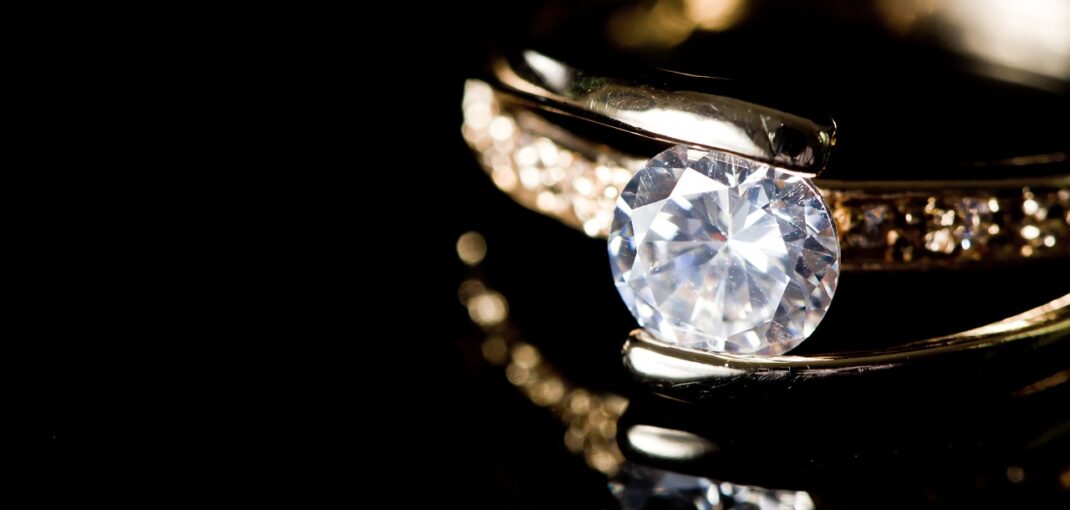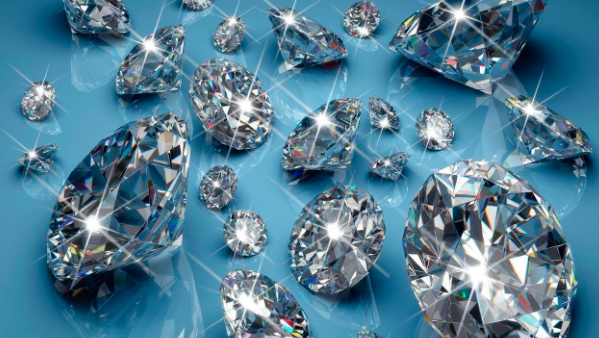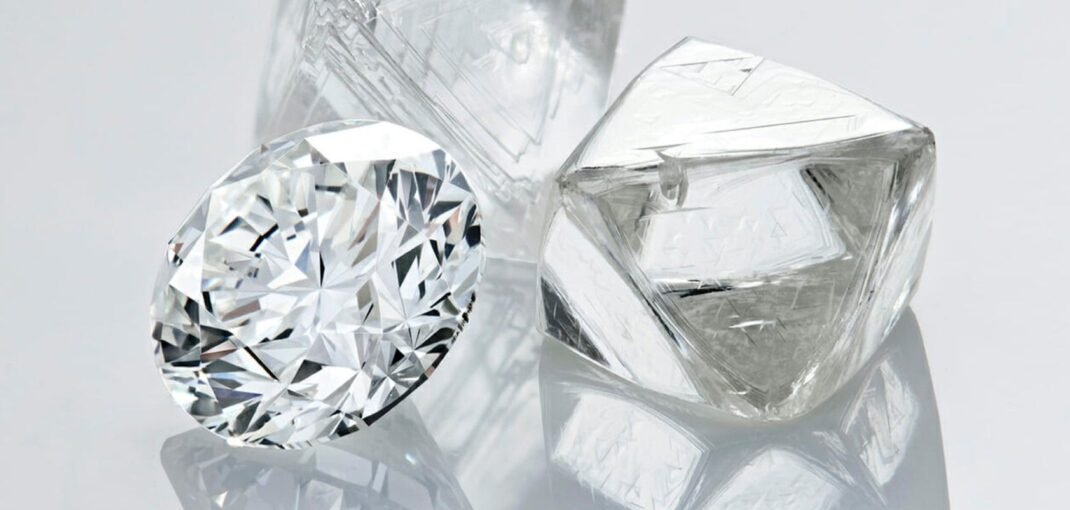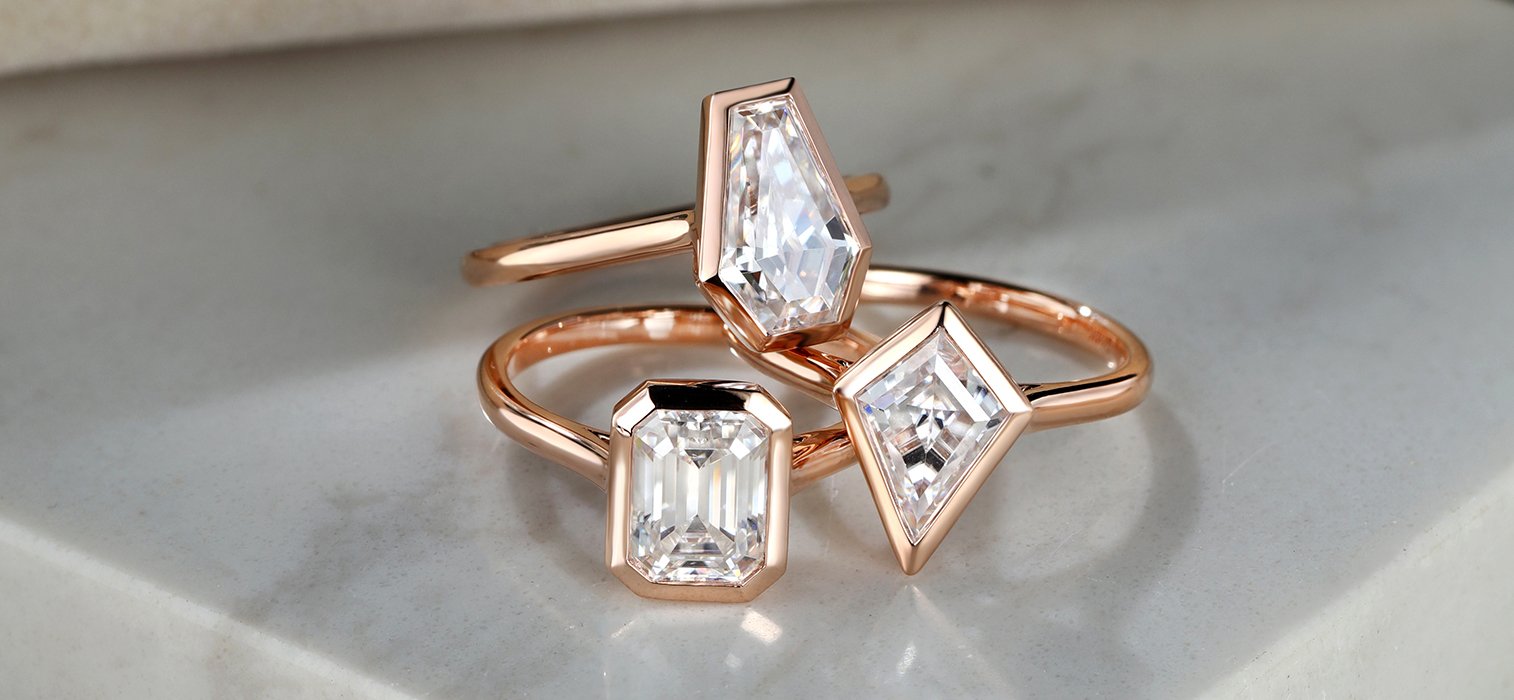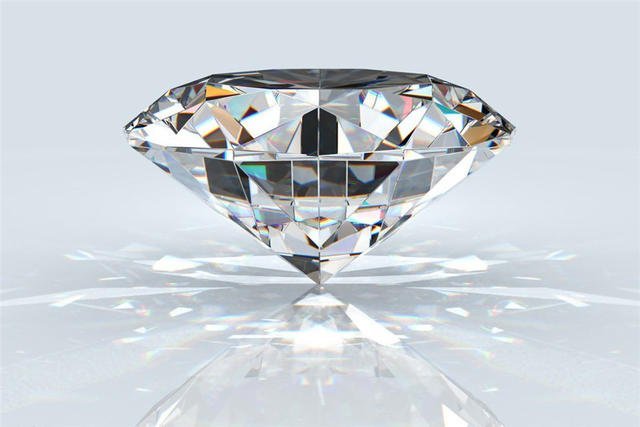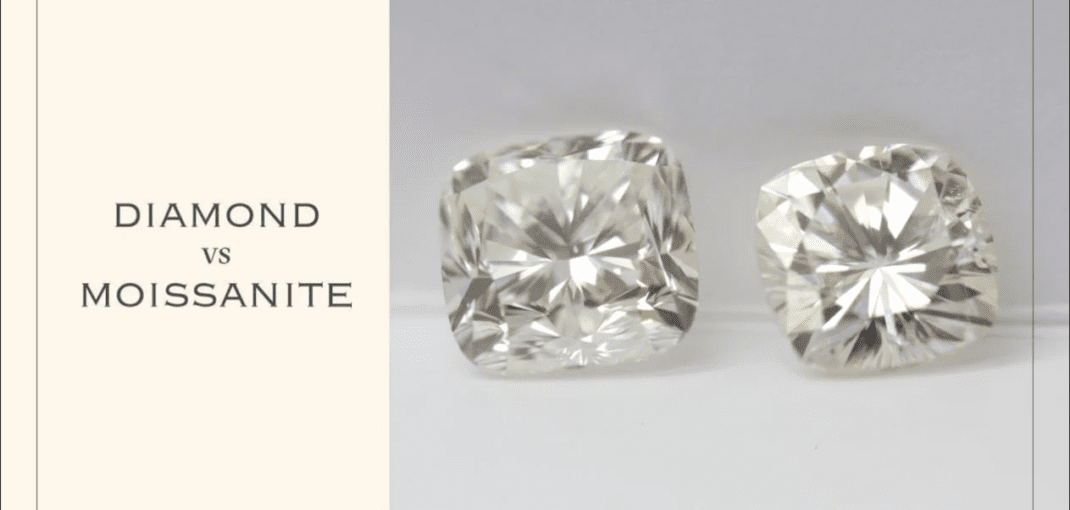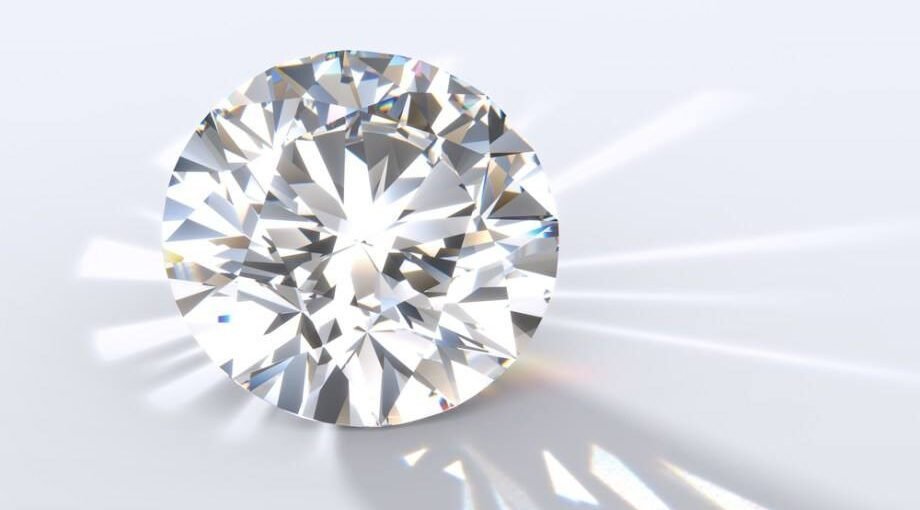Are Lab-Grown Diamonds Suitable for Engagement Rings?
Introduction Choosing the perfect engagement ring is one of the most significant decisions in a couple’s journey. With advancements in technology, lab-grown diamonds have emerged as a compelling alternative to natural diamonds, offering beauty, sustainability, and affordability. But are they truly suitable for engagement rings? Let’s dive deep into the differences, advantages, and considerations when choosing between lab-grown and natural diamonds. Lab-Grown vs. Natural Diamonds: A Detailed Comparison Feature Lab-Grown Diamonds Natural Diamonds Composition Carbon, identical to natural diamonds Carbon, formed over billions of years Origin Created in a lab using high pressure and temperature (HPHT) or chemical vapor deposition (CVD) Formed naturally deep within the Earth’s crust Price 30-40% less expensive Higher due to rarity and mining costs Ethical Considerations Conflict-free, sustainable production May involve unethical mining practices Environmental Impact Lower carbon footprint and minimal land disruption Mining can cause significant environmental damage Resale Value Lower due to increasing supply and market perception Higher due to historical value and market demand Certification Certified by IGI, GIA, and other gemological institutions Certified by GIA, AGS, and others Availability More options in precise sizes and colors Limited availability due to natural rarity What Are Lab-Grown Diamonds? Lab-grown diamonds are real diamonds created in a controlled environment using advanced technology. They share the same chemical composition, optical properties, and hardness as mined diamonds, making them indistinguishable to the naked eye. These diamonds are produced through two primary methods: High Pressure High Temperature (HPHT): Mimics the natural diamond formation process by applying intense pressure and heat to carbon. Chemical Vapor Deposition (CVD): Uses a hydrocarbon gas mixture to deposit carbon atoms onto a diamond seed crystal, layer by layer. Why Choose Lab-Grown Diamonds for Engagement Rings? 1. Ethical and Conflict-Free One of the strongest arguments for lab-grown diamonds is their ethical production. Unlike some mined diamonds that may come from conflict zones, lab-grown diamonds are 100% conflict-free. Consumers seeking ethically sourced engagement rings find lab-created diamonds a guilt-free choice. 2. Affordability Without Compromising Quality Lab-grown diamonds cost 40-60% less than natural diamonds of the same size and quality. This means you can afford a larger, higher-quality diamond for the same budget. The price difference allows couples to invest in better clarity, cut, or even a more elaborate ring setting. 3. Environmentally Friendly Choice Diamond mining causes substantial environmental damage, including habitat destruction and carbon emissions. Lab-grown diamonds require significantly less energy, land, and water, making them the eco-conscious choice for environmentally aware buyers. 4. Indistinguishable from Natural Diamonds From a visual and structural perspective, lab-grown diamonds are identical to mined diamonds. Even professional gemologists require specialized tools to differentiate them. Certified lab diamonds come with official grading reports, ensuring transparency in their quality. 5. Wide Range of Options Since lab-grown diamonds are created in controlled conditions, they offer greater consistency in quality. You have more options in carat weight, color, and clarity, allowing you to customize your engagement ring with greater precision. -23% Select options Engagement, Lab Grown Diamond Rings, Moissanite Engagement Rings, Shop All Rings Unique Cushion Cut Diamond Engagement Ring – Vintage Yellow Gold Bridal Wedding Ring $852.00 Original price was: $852.00.$660.00Current price is: $660.00. -20% Select options Engagement, Lab Grown Diamond Rings, Moissanite Engagement Rings, Shop All Rings 1.5 Carat Oval Cut Lab Diamond Engagement Ring – Vintage White Gold Nature-Inspired Unique Diamond Bridal Promise Ring $985.00 Original price was: $985.00.$785.00Current price is: $785.00. -42% Select options Engagement, Lab Grown Diamond Rings, Moissanite Engagement Rings, Shop All Rings 2 Carat Oval Cut Lab Diamond Engagement Ring – 14K Yellow Gold $1,310.00 Original price was: $1,310.00.$760.00Current price is: $760.00. -5% Select options Engagement, Lab Grown Diamond Rings, Moissanite Engagement Rings, Shop All Rings 1 Carat Round Cut Lab Diamond Engagement Ring – Vintage Solid Yellow Gold Bridal Wedding Anniversary Gift $718.00 Original price was: $718.00.$680.00Current price is: $680.00. -17% Select options Engagement, Lab Grown Diamond Rings, Moissanite Engagement Rings, Shop All Rings 1 Carat Heart Shaped Lab-Grown Diamond Engagement Ring – Vintage 14K Rose Gold Delicate Bridal Wedding Gift $878.00 Original price was: $878.00.$732.00Current price is: $732.00. Select options Shop All Rings, Engagement, Lab Grown Diamond Rings, Moissanite Engagement Rings, Nature Inspired Engagement Rings Vintage Luxury Art Deco 1.5 Carat Oval Moissanite Engagement Ring In 14k Rose Gold $739.00 Potential Drawbacks of Lab-Grown Diamonds 1. Lower Resale Value Laboratory-grown diamonds: technological advances may result in lower production costs, and long-term resale values may be lower than for natural diamonds. Natural diamonds: classic quality natural diamonds are more likely to retain their value due to the scarcity of minerals (but with wide individual variations) 2. Uniqueness and natural inclusions Laboratory diamonds: most seek high clarity, have fewer inclusions and may lack the “geological fingerprint” of a natural diamond. Natural diamonds: internal inclusions are considered to be natural imprints and some buyers value their uniqueness. Who Should Choose Lab-Grown Diamonds? Lab-grown diamonds are ideal for those who: Prioritize ethical sourcing and sustainability Want a larger or higher-quality diamond within budget Prefer a more environmentally friendly option Are less concerned about resale value On the other hand, those who see diamonds as an investment or value the traditional rarity of natural diamonds may prefer a mined diamond. Final Thoughts: Are Lab-Grown Diamonds Right for Your Engagement Ring? Lab-grown diamonds offer an exceptional alternative to natural diamonds, providing affordability, ethical sourcing, and stunning beauty. Whether or not they are the right choice for an engagement ring depends on personal values and preferences. If you prioritize sustainability, cost savings, and modern technology, a lab-created diamond engagement ring could be the perfect symbol of your love. Are lab-grown diamonds real diamonds? Yes, lab-grown diamonds are real diamonds. Chemically, physically, and optically, they are identical to natural diamonds, possessing the same crystal structure and hardness. How are lab-grown diamonds created? Lab-grown diamonds are produced using two primary methods: High Pressure High Temperature (HPHT) and Chemical Vapor Deposition (CVD). HPHT simulates the natural diamond formation process by applying intense pressure and heat to carbon, while CVD

